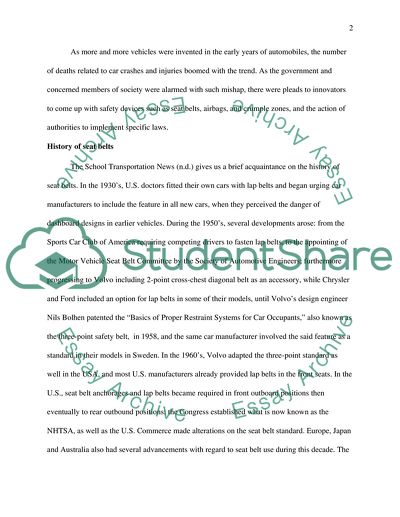Cite this document
(Car Safety Technology - from Past to Present Research Paper, n.d.)
Car Safety Technology - from Past to Present Research Paper. Retrieved from https://studentshare.org/technology/1744772-technology-for-car-safety
Car Safety Technology - from Past to Present Research Paper. Retrieved from https://studentshare.org/technology/1744772-technology-for-car-safety
(Car Safety Technology - from Past to Present Research Paper)
Car Safety Technology - from Past to Present Research Paper. https://studentshare.org/technology/1744772-technology-for-car-safety.
Car Safety Technology - from Past to Present Research Paper. https://studentshare.org/technology/1744772-technology-for-car-safety.
“Car Safety Technology - from Past to Present Research Paper”, n.d. https://studentshare.org/technology/1744772-technology-for-car-safety.


